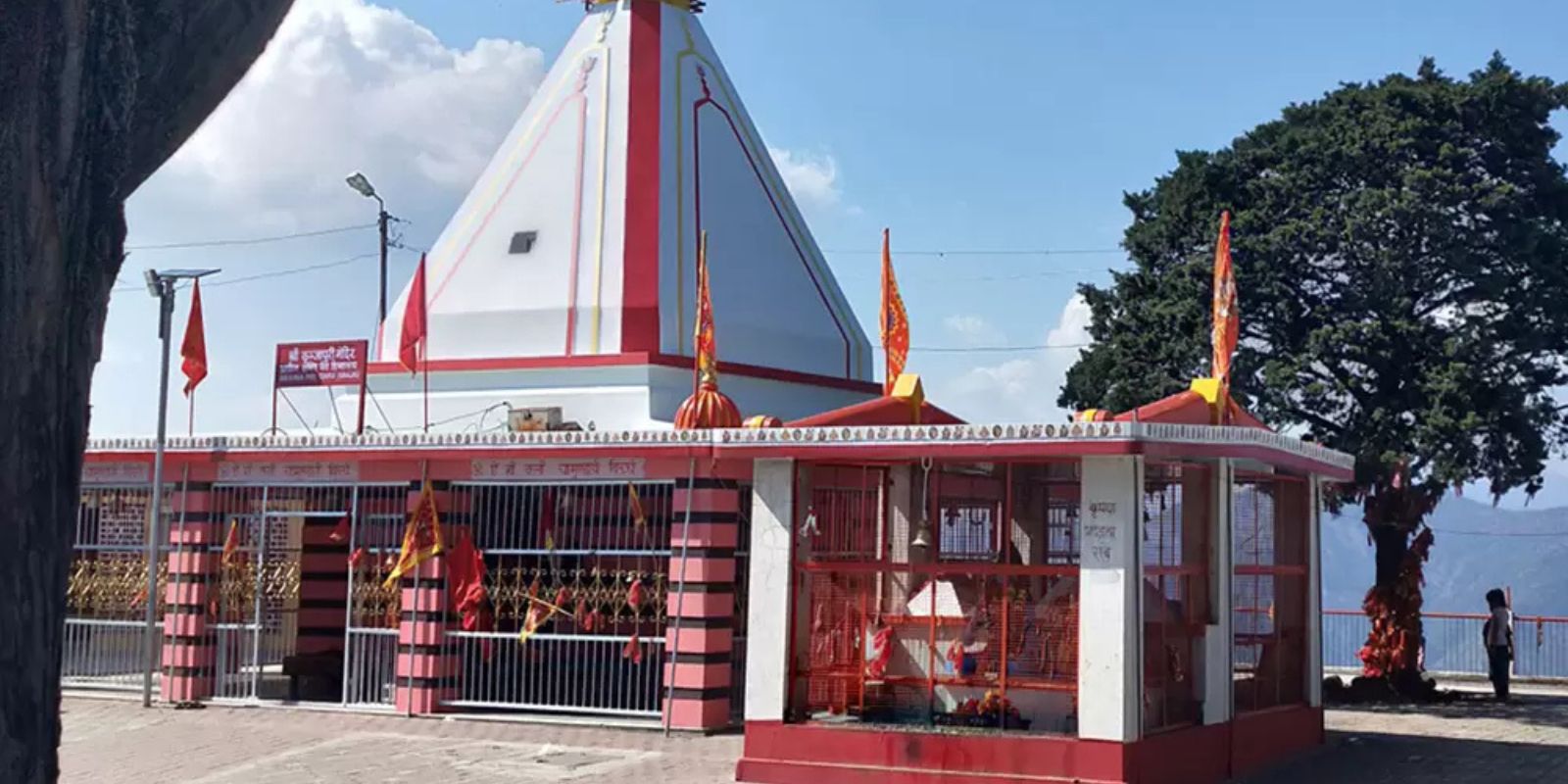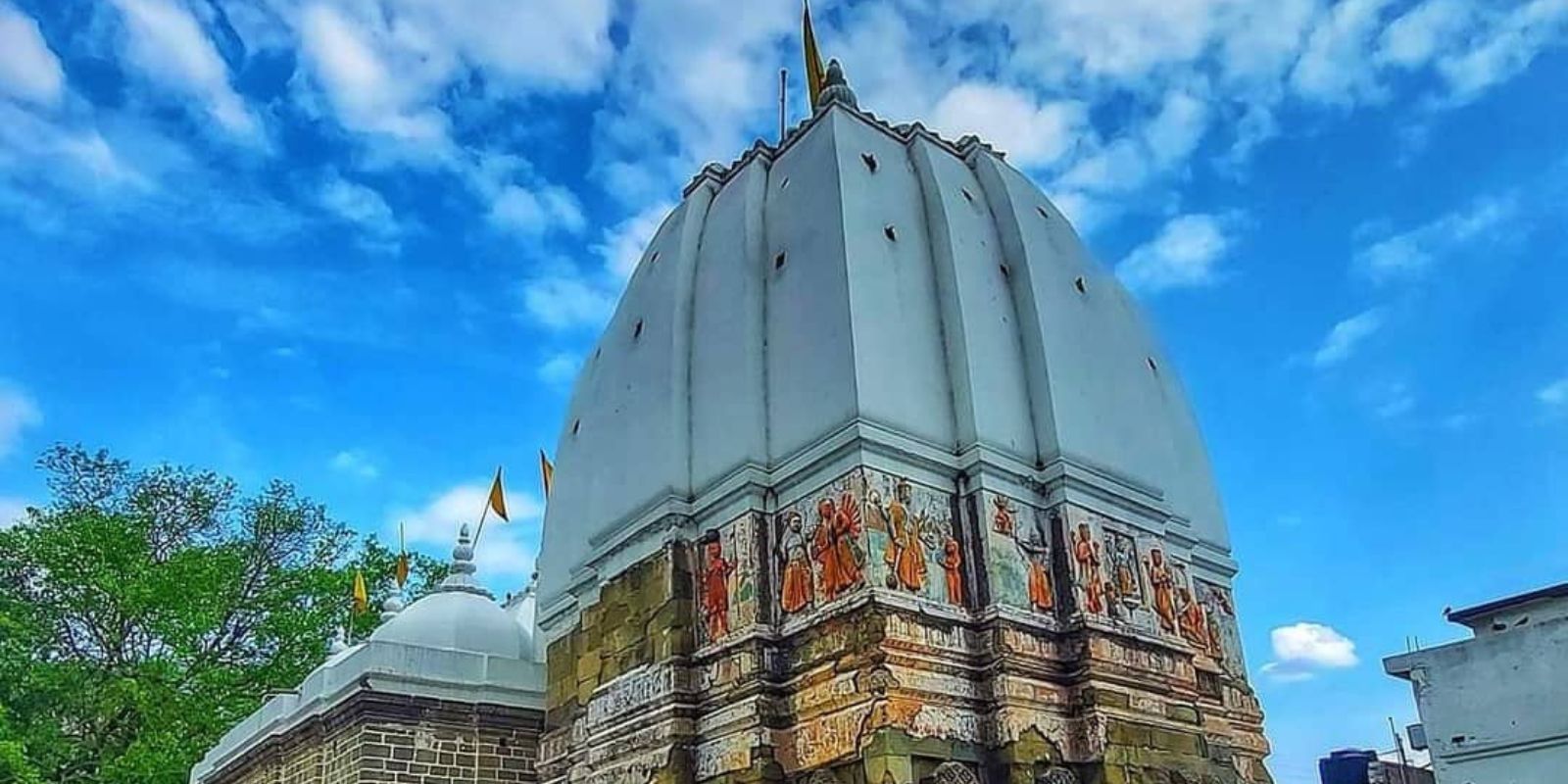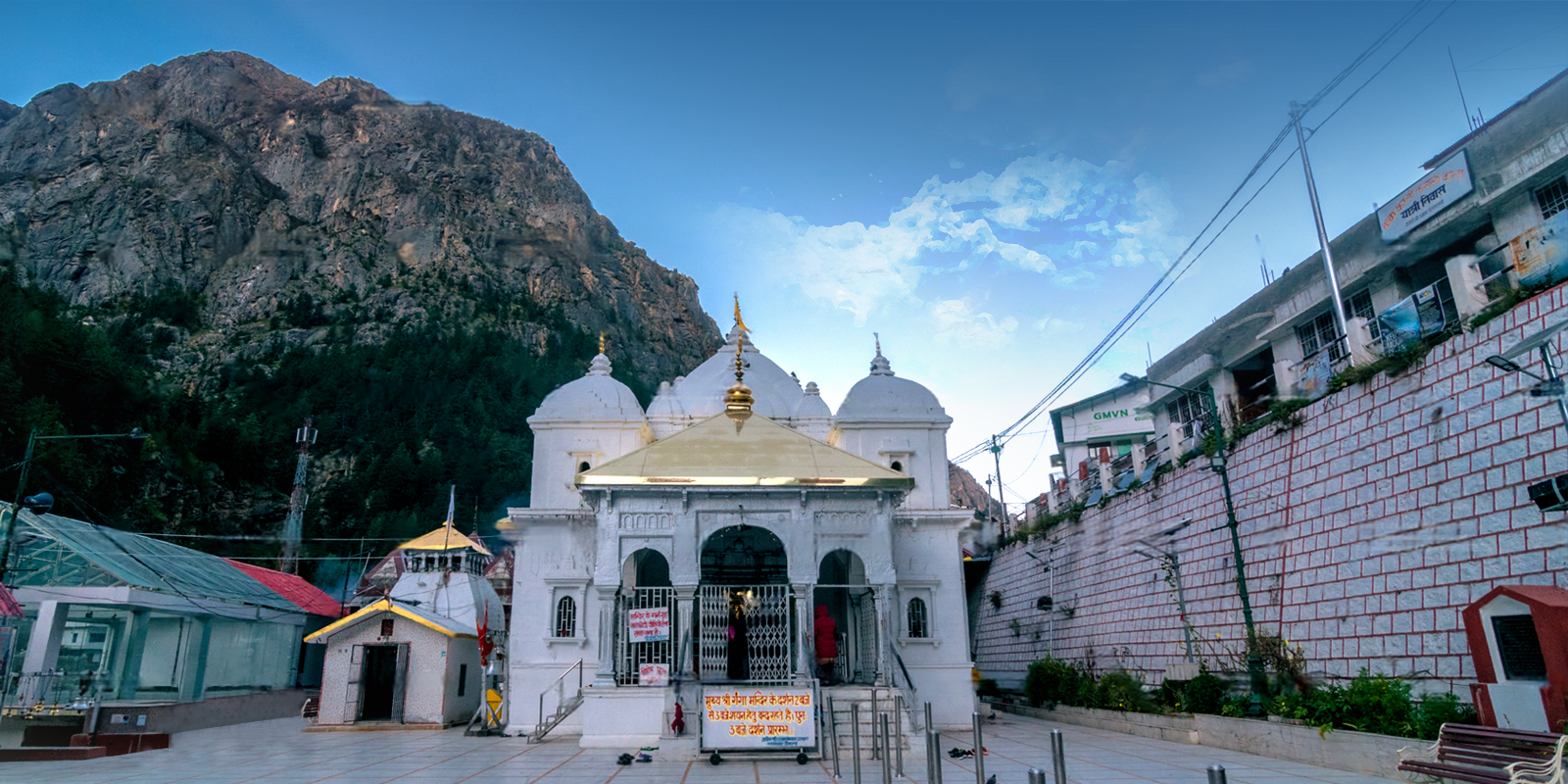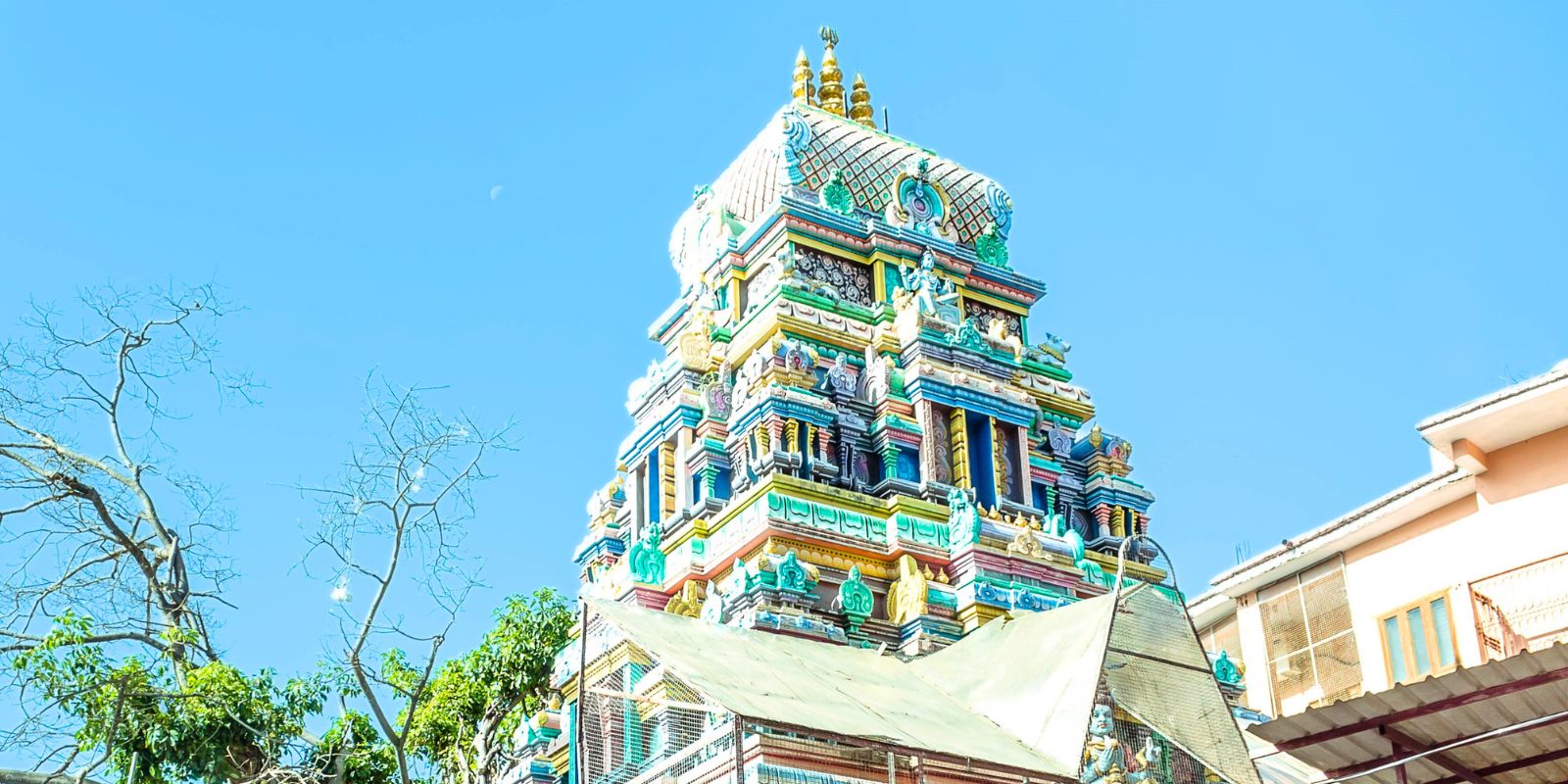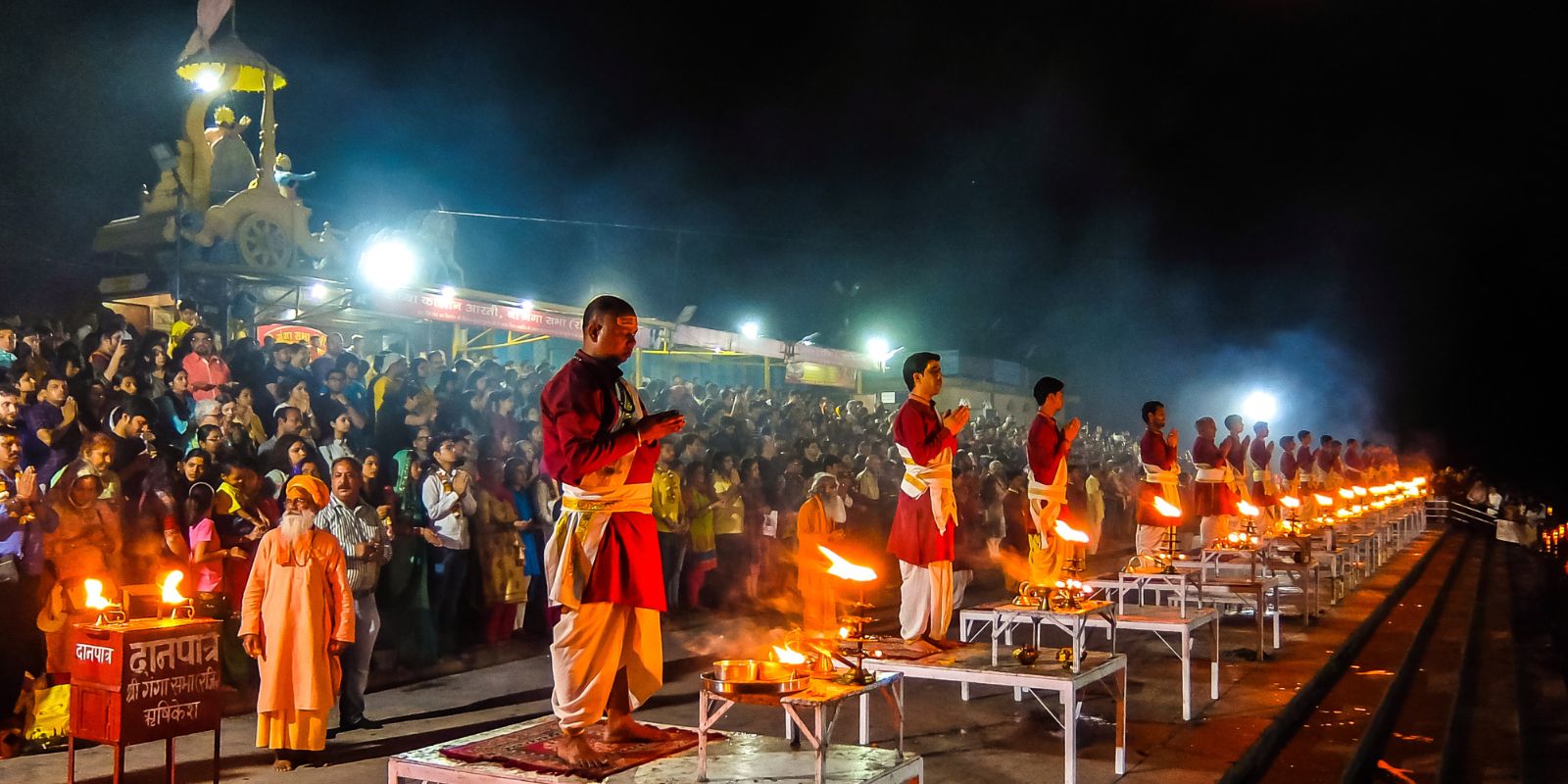There are places that quiet the mind — and there are places that awaken something older within us. The Himalayas do both. For centuries, this sacred mountain range has not only hosted great sages — it has stirred great questions, offering seekers the silence in which to hear their answers.
“In the Himalayas, stillness is not the absence of sound — it is the presence of presence.”
From sunlit ridges to silent ashrams tucked in pine forests, the Himalayas invite a return to rhythm — of body, of breath, of being. To understand the pull of the Himalayas, you don’t just visit — you pause, listen, and begin to feel what’s been waiting to rise within you.
Why Yoga in Himalayas
Practicing Yoga in the Himalayas is not just about location — it’s about energy. These ancient mountains have nurtured spiritual practice for thousands of years, offering seekers a rare combination of stillness, purity, and timeless wisdom. Whether you’re looking for a soulful retreat or a certified Teacher Training Course (TTC), the Himalayas provide the ideal setting to go deeper — surrounded by silence, supported by tradition, and elevated by nature itself.
To truly understand what makes this region such a powerful spiritual magnet, it helps to explore the rich history, culture, and sacred traditions that continue to shape the Himalayan Yoga experience today.
History, Culture & Spirituality
The Himalayas — often called Devabhūmi, the Land of the Gods — have served as a spiritual refuge for sages, saints, and seekers for thousands of years. Deeply intertwined with the Yogic tradition, this region has been the meditation ground of revered ṛṣis like Maharishi Vyasa, Adi Shankaracharya, and Swami Vivekananda.
The sacred geography — glacial rivers, ancient forests, and high-altitude stillness — creates the ideal space for deep spiritual immersion. Whether you’re learning under a Himalayan teacher, attending a sunrise fire ceremony, or walking through forest trails in silence, the energy of the land supports profound inner work.
Culturally, the Himalayas are a rich tapestry of Hindu and Buddhist traditions, where Sanskrit chants mix with Tibetan prayer flags, and ancient ashrams coexist with remote monasteries. Across the region, Yoga is not just practice — it is a way of life.
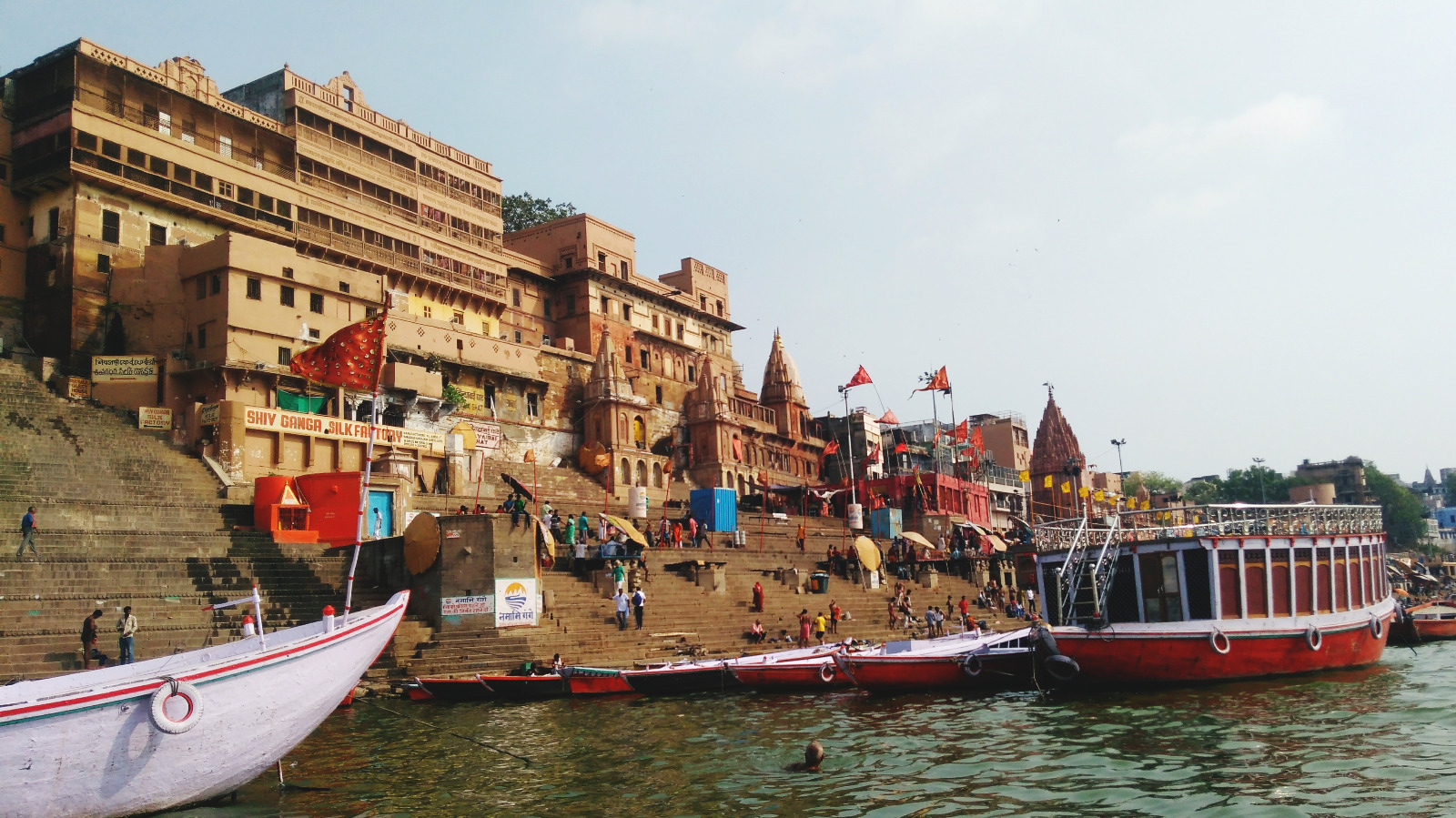
Explore Yoga places in Himalayas
Sivananda Kutir
Parmarth Niketan
One of the most renowned ashrams in India, Parmarth Niketan sits on the banks of the Ganga, offering authentic teachings in Haṭha Yoga, Rāja Yoga, and Vedānta. The daily Ganga Aarti is a mesmerizing spiritual experience.
Omkarananda Ganga Sadan
A center dedicated to the teachings of Advaita Vedānta and Yoga, with Iyengar Yoga classes conducted by experienced instructors.
Himalayan Institute, Kullu
Established by Swami Rama, this institute integrates Yoga, Ayurveda, and meditation. It offers teacher training programs and silent retreats.
Tushita Meditation Centre
Ananda Prakash Ashram
Explore Spiritual places in Himalayas
Where to practice Yoga in the Himalayas
The Indian Himalayas offer a range of spiritually rich destinations for Yoga — each with its own atmosphere, tradition, and depth. Here are some of the most loved regions among seekers and practitioners:
Rishikesh
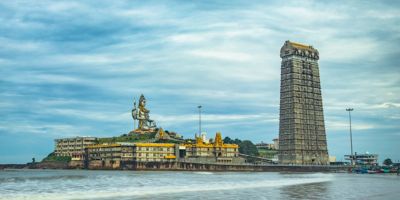
Often called the Yoga Capital of the World, Rishikesh sits along the sacred Ganga and is home to hundreds of ashrams and Yoga schools. It’s ideal for both beginners and advanced practitioners looking to immerse in tradition. Visit our exclusive page on Yoga in Rishikesh.
Rishikesh

Set against the Dhauladhar range, Dharamshala blends Himalayan stillness with Tibetan Buddhist influence. A perfect destination for those seeking a meditative, community-oriented Yoga experience. Check out our exclusive page on Yoga in Dharamshala.
Rishikesh

A quieter, more traditional setting, Uttarkashi is known for its deep spiritual roots and strong ashram culture. It’s a powerful place for serious sādhanā, surrounded by forests and flowing rivers.
Rishikesh

Remote and breathtaking, Ladakh offers high-altitude Yoga retreats that combine silence, space, and a sense of sacred remoteness. Best visited during the summer months.
There are also emerging retreat spaces in regions like the Kumaon hills (Almora, Mukteshwar), known for their natural beauty and peaceful atmosphere.
Each of these destinations offers something unique — whether it’s the energy of the Ganga, the quiet of mountain monasteries, or the solitude of remote valleys. Explore the links above or contact us to find the Yoga experience that’s right for you.
Key Festivals
Maha Shivaratri
A night of immense spiritual energy, Mahāśivarātri is dedicated to Lord Śiva. Devotees observe fasts and participate in Rudrābhisheka ceremonies at Kashi Vishwanath Temple.
Ganga Dussehra
Observed in Gangotri and Rishikesh, this festival celebrates the descent of the sacred Ganga River from the heavens.
Kartik Purnima
Marks the spiritual culmination of the sacred Kartik month. Considered highly auspicious for Yoga sadhana

